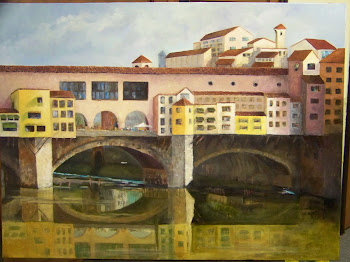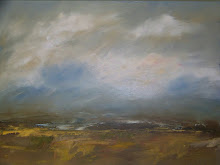During the wintertime, I find it easier to sit at the computer and research my family’s genealogy. Hours literally fly by as I search for and read every little bit of information I can find. I am always amazed over how much time and effort my Aunt Lou Emma Jones had to devote to the research. She spent years tracing the Ogg side of the family, no computer, lots of leg work. She would travel by car to many small Midwest towns seeking cemeteries, hoping to locate a missing headstone or two. Snail mail was her only link to distant possible relatives, with weeks passing by between letters.
Now, all I have to do is search through Ancestry.com. I can Google a name, a map, or an event; and then fill in the spaces in my Family Tree software. Better yet, today there are 5 or 6, maybe more, web pages with search engines, all connected to make the search more complete, more thorough. And this is world wide! Yes, I have it much easier than Aunt Lou.
The Ogg family genealogy goes back to the year 1325. They lived in Aberdeenshire on the northeast coast of Scotland. The “Foodie” in me requires that I research the foods they ate, as well as how they cooked. I’ve even developed an interest in the history of golf and the production of Scotch, and I don’t enjoy either! It is all just part of the overall picture of my ancestors.
I’ve never been enthralled with the food of Great Britain. It always seemed pretty boring to me. So, I went to the library and started reading cookbooks on the foods of Scotland, both old and new. As with any region, the menu was developed due to the food available. Northeastern Scotland, Aberdeenshire in particular, relied on fish from the sea as well as lamb and beef. Recently, as I was driving down to the studio, I passed a field of black cattle; they each had a near perfect wide band of white around their middle, much like a belt. I truly was fascinated by their stark design. I asked around and someone told me they were referred to as “Oreo cows”. When I returned home to my computer, Mr Google helped me discover they are Galloway Cattle, a Scottish breed. They are one of only a few breeds developed for the meat rather than dairy or as draft for pulling heavy loads. Their meat is excellent, lean and delicious.
Today, in the age of wonderful inns and restaurants, many setup in the ancient castles, the menu has become a blend of the ancient as well as the new sophisticated and rich food. Their recipes are delightful to read, full of strange names and weird spelling. Do you have any idea what a collop is? Or a stovie? How about clapshot? Actually, most of them sound like some accidental injury to a limb! I think the name that upsets me the most is skink…. which simply means soup. Somehow a bowl of skink just doesn’t do it for me! But I did discover a recipe for a soup featuring a cheese from Aberdeenshire called Strathdon Blue.
The soup is Fennel and Strathdon Blue….I don’t think I will add skink to the name. I will call the Maitre Fromager, the cheese expert, at Dean and Deluca to see if he carries Strathdon Blue. If not, maybe he can order it. I think I need to try it, I need the connection with my ancestors. Not to mention how much I love blue veined cheeses.
Here is the recipe in case you want to try it also.
Fennel and Strathdon Blue Soup
Serves 4
2 tablespoons butter
3 bulbs fennel, washed and roughly chopped
2 leeks, white part only, chopped
4 ounces of peeled and chopped potato
2 ½ cups chicken stock
Freshly ground black pepper
2/3 cup milk
4 ounces Strathdon blue cheese
2/3 cup half and half
In a large pan, melt the butter and sweat the fennel and leeks in the butter until softened; do not allow to brown.
Add the finely diced potato and mix together to coat in butter. Add the stock, bring to a boil and then simmer gently until the potatoes are soft. Season with pepper and add the milk and cheese; return to the boil then remove from the heat.
Allow to cool slightly and then blend totally. A blender will work better than a food processor.
Stir in the cream, check for seasoning, and serve. If reheating is necessary, do it gently over very low heat.
There is one other recipe I am anxious to try, very Scottish. Orange Marmalade from Aberdeenshire. I’ll let you know how it turns out.








